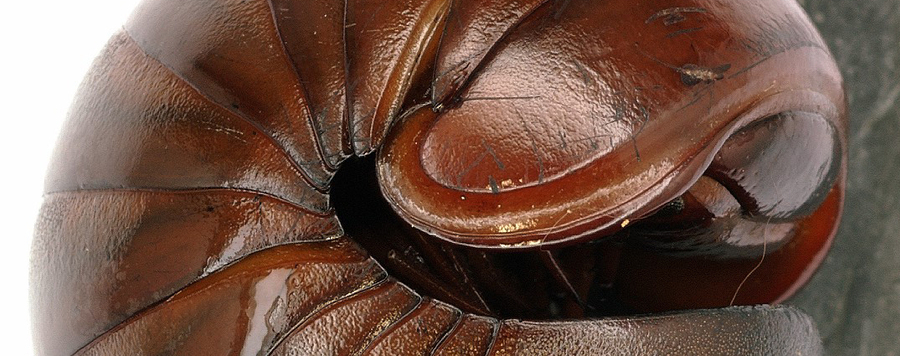
Two new giant pill-millipede species from Madagascar
Madagascar is one of the world’s most important hotspots of biodiversity and a center for localized endemism. Among the highly endemic faunal elements are the giant pill-millipedes, order Sphaerotheriida, which are severely understudied in Madagascar. Here we provide descriptions of two new species of endemic giant-pill millipedes of the genus Zoosphaerium Pocock, 1895: Zoosphaerium bemanevika n. sp. and Zoosphaerium minutus n. sp.. Zoosphaerium bemanevika n. sp. belongs to the Z. coquerelianum species-group, while Z. minutus n. sp. is not assignable to a species-group. An updated key to the 19 species of the Z. coquerelianum group is provided. Zoosphaerium minutus n. sp. has a body length of <20 mm and thus is the smallest known member of the genus, being of similar size as the larger species of Microsphaerotherium Wesener & VandenSpiegel, 2007. Both species are described utilizing drawings, scanning electron microscopy and genetic barcoding based on the mitochondrial COI gene. MicroCT imaging is applied to study internal morphology nondestructively and in situ, allowing for a reconstruction of the head skeleton. Our results show that females of Z. bemanevika n. sp. exhibit island gigantism. The two newly described species are not closely related to one another but each to different species from the Marojejy Mountain and the lowland rainforest of the east coast. Both species occur sympatrically as microendemics in small patches of humid evergreen forest near Bemanevika in northern Madagascar, an only recently protected area that represents a Malagasy center of endemism.






